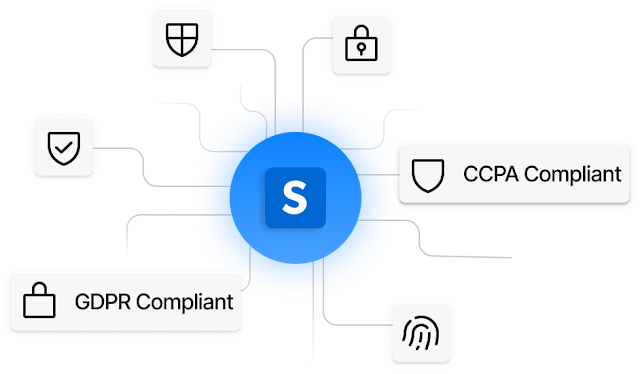Unlocking LinkedIn's Potential with Advanced Data Scraping
In today's competitive job market and business environment, having access to real-time data can make a significant difference. For recruiters, sales professionals, and marketers, LinkedIn is a goldmine of information. But manually extracting data from LinkedIn can be time-consuming and inefficient. This is where advanced data scraping tools come into play, offering a streamlined solution for harvesting valuable insights from LinkedIn profiles and company pages.
Understanding LinkedIn Data Scraping
LinkedIn data scraping involves extracting data from LinkedIn profiles and company pages using automated tools. These tools can gather a wide range of information, such as profile details, job titles, skills, endorsements, and company statistics. By automating this process, businesses can quickly obtain large volumes of data that would be otherwise impossible to collect manually.

The Benefits of Scraping LinkedIn Data
The ability to scrape LinkedIn data offers numerous advantages:
1. Enhanced Recruitment Processes: Recruiters can identify potential candidates more efficiently by accessing detailed profiles, including work experience, education, and skills. This allows for more targeted and effective hiring strategies.
2. Improved Sales Prospecting: Sales teams can gather insights on potential clients, including their job roles and company details, to tailor their sales pitches and improve conversion rates.
3. Market Research and Analysis: Marketers can analyze trends and gather competitive intelligence by examining company data and industry patterns on LinkedIn.
4. Networking Opportunities: By understanding the connections and networks of potential clients or partners, businesses can foster stronger relationships and strategic collaborations.
Legal and Ethical Considerations
While scraping LinkedIn data can be incredibly useful, it is essential to approach it with caution. LinkedIn's terms of service prohibit unauthorized scraping, and violating these terms can lead to legal consequences and account bans. It's crucial to use scraping tools that comply with LinkedIn's policies and to respect user privacy by not extracting or using data in ways that violate ethical standards.
How to Scrape LinkedIn Data Efficiently
Efficiently scraping LinkedIn data requires a robust and reliable tool. These tools should offer features like real-time data extraction, scalability, and ease of use. They should also ensure compliance with LinkedIn’s terms of service to avoid any legal issues.
A streamlined LinkedIn scraper API can provide the perfect solution for businesses looking to harness the power of LinkedIn data. Such APIs are designed to handle the complex task of extracting data at scale, providing real-time updates and comprehensive data sets.

Choosing the Right Tool for Your Needs
When selecting a LinkedIn scraper, consider the following factors:
· Ease of Use: The tool should have an intuitive interface and straightforward integration options.
· Data Accuracy: Ensure the scraper can provide accurate and up-to-date information.
· Scalability: The tool should be capable of handling large volumes of data without compromising performance.
· Compliance: The scraper should operate within the legal boundaries set by LinkedIn.
Conclusion:
Scraping LinkedIn data can revolutionize how businesses operate, providing invaluable insights that drive recruitment, sales, marketing, and networking efforts. However, it's crucial to use these tools responsibly and within the bounds of legal and ethical standards. For those looking for a reliable solution, Scrapin.io offers a streamlined LinkedIn scraper API designed for real-time data scraping of profiles and company information at scale. By leveraging such advanced tools, businesses can unlock the full potential of LinkedIn and stay ahead in the competitive landscape.


Comments
Post a Comment